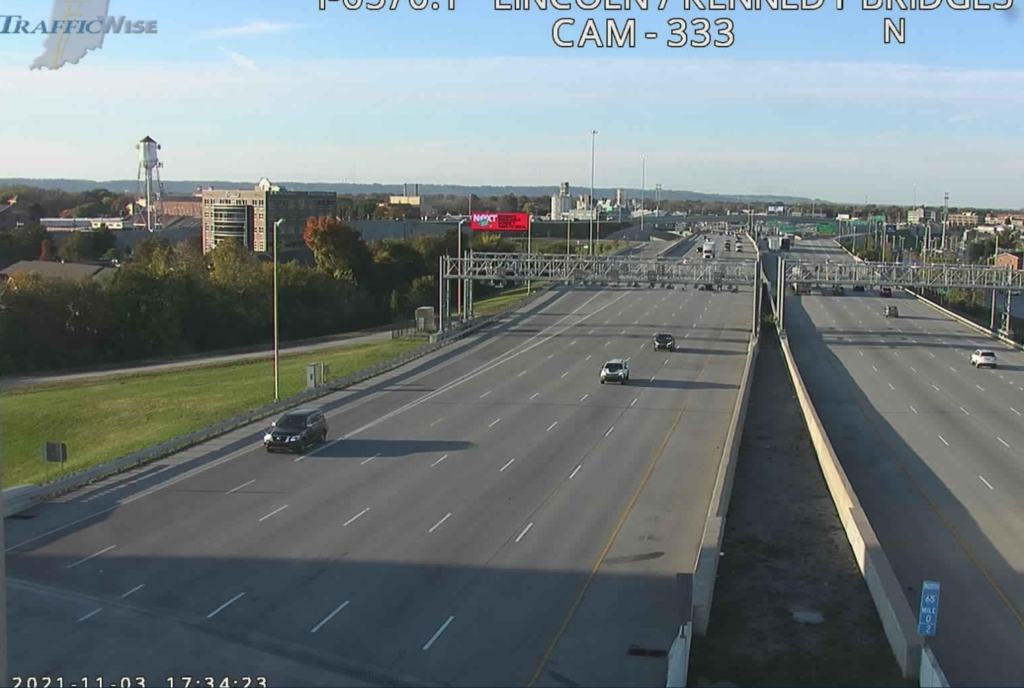What City Observatory did this week
Has this city discovered how to solve traffic congestion? Why aren’t they telling everyone else how this works? A miracle in Louisville.

Louisville charges a cheap $1 to $2 toll for people driving across the Ohio River on I-65. After doubling the size of the I-65 bridges from six lanes to 12, tolls slashed traffic by half, from about 130,000 cars per day to fewer than 65,000.
Kentucky and Indiana wasted a billion dollars on highway capacity that people don’t use or value. If asked to pay for even a fraction of the cost of providing a road, half of all road users say, “No thanks, I’ll go somewhere else” or not take the trip at all.
The fact that highway engineers aren’t celebrating and copying tolling as a proven means to reduce congestion shows they actually don’t give a damn about congestion, but simply want more money to build things.
Must read
Mr. Downs moved away from politics in his books “Stuck in Traffic” (1992) and “Still Stuck in Traffic” (2003), in which he postulated “Downs’s Law,” applying it to roads without tolls: “On urban commuter expressways, peak-hour traffic congestion rises to meet maximum capacity.” He attributed the congestion to what he called “induced demand.” He argued that the best way to reduce traffic is to impose a fee, toll or other form of congestion pricing during rush-hour, an idea that has gained currency in recent years in congested cities like New York.
Despite the Board’s belief, new market rate housing has not driven San Francisco’s gentrification process. . . gentrification has overwhelming occurred in neighborhoods that had little to no new multi-unit development. San Francisco began gentrifying in the late 1970’s. It was entirely unrelated to new market rate housing development. In fact, the massive gentrification of San Francisco through the 1980’s and again during the 90’s dot com boom was accompanied by little new housing; it was instead fueled by increased housing demand pursuing a fixed housing supply. The city’s failure to build more housing to meet rising demand fueled the gentrification of once affordable neighborhoods.

